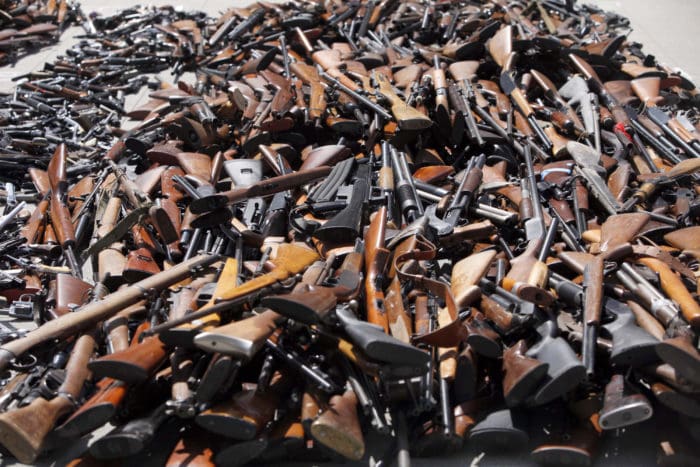Politi-Fake is still at it, debunking a claim that homicides increased after Australia post-Port Arthur Massacre ban
Viral post is wrong about Australia’s gun laws, violent crime statisticsThe post inaccurately says that one year after the buyback, homicides went up 6.2%, assaults went up 9.6% and armed robberies went up 44%. It also says that, in the state of Victoria, homicides with firearms increased 300%.
What really happened is homicides declined about 9% to 333 in 1998 compared with a year prior, according to the Australian Institute of Criminology.
Note the bait and switch. The referenced post referred to one year after the ban, which would be 1997. Politi-Fake went to 1998, a year after the end of the amnesty. Why in the world would they do that?
There were 354 murders in Australia in 1996, when the ban began. In 1997, there were 364. Even with the amnesty still going on, as people turned in their firearms, we’d expect a drop in murders if the ban was at all effective. We don’t. Only in PolitiFact’s chosen 1998 do we finally see a drop, to 334.
Again, if the ban was effective at their claimed goal, 1999 should be around the same or lower, right? Instead, murders rose significantly to 385, well over 1996’s 354.
Those are raw numbers, but the population is dynamic. Let’s look at rates.
Let’s look at a six-year period covering two years before the Port Arthur Massacre to two years after the end of the amnesty, 1994-1999.
1994: 1.8/100K
1995: 2.0/100K
1996: 1.9/100K (PAM, ban begins11/1)
1997: 2.0/100K (amnesty ends 9/30)
1998: 1.8/100K
1999: 2.0/100k
The average rate for the six-year period is 1.9/100K (note that 1996 with the PAM was the exact average), and the 98-99 average is… 1.9/100K.
The fact is that the ban began in 1996, with a one-year amnesty, and murders increased briefly from 356 to 364, or rates of 1.9 to 2.0 per hundred-thousand. The first full year after the amnesty, 1998, murders dipped again, but rose significantly in the very next year to the highest level in the 1990-2017 period.
Overall, Australia’s murders, by numbers and rate, have been trending downward since 1990. There was a aberrational increase in the mid to late 1990s peaking after the ban, in 1999.
The linear 1990-2017 trend tells us more.
We know that there are now more firearms in Australia than prior to the massacre, while homicides trend downward, so clearly firearms aren’t causing crime. Those interested in solving violence problem would do well to ignore honest gun owners and ask what other social issues might have been involved in that 1995-2002 surge.
In short, the Australian government violated the rights of its people to no useful purpose.
